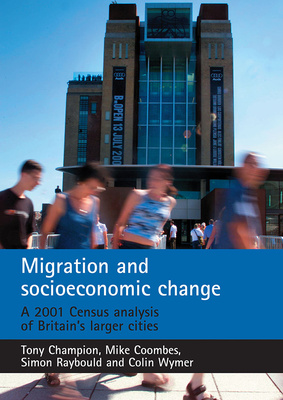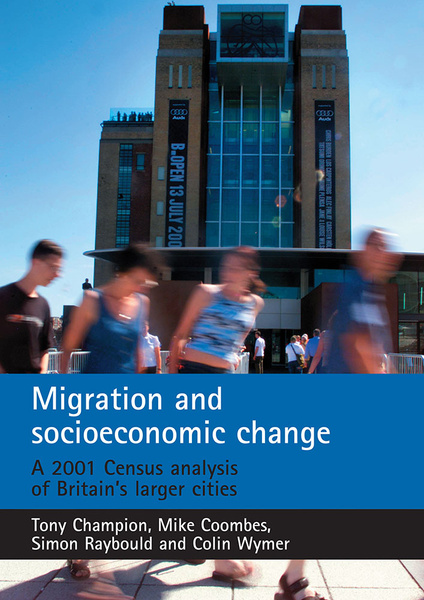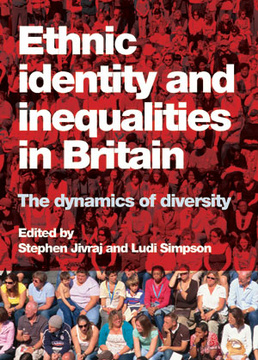Migration and socioeconomic change
A 2001 Census analysis of Britain's larger cities
By Tony Champion, Mike Coombes, Simon Raybould and Colin Wymer
Published
Apr 11, 2007Page count
88 pagesISBN
978-1847420039Dimensions
297 x 210 mmImprint
Policy PressMigration and socioeconomic change brings new evidence to debates on urban regeneration in Britain: are we seeing urban renaissance, or is there city flight? This study examines 27 of the largest cities and city regions to find out whether they attract the talented people that they need to prosper. By examining the migration data of the 2001 Census of population, Britain's most and least successful cities are identified. There is also a look at more local population movements within the city regions of London, Birmingham and Bristol. Four key findings stand out: cities losing population included all the large conurbations plus most small cities in the North and West; London stood out in attracting many 'higher managerial and professional' people, and especially recent graduates; cities making strong gains from longer-distance movement mostly had growing local job numbers, plus some key quality of life characteristics and some cities attracting few longer-distance migrants also lose many migrants more locally, threatening their tax base and housing markets. The study gives much new information for urban and regional students and researchers, while the findings on individual cities can help target urban regeneration policies.
Tony Champion is Emeritus Professor of Population Geography and Mike Coombes is Professor of Geographic Information at the Centre for Urban and Regional Development Studies (CURDS) in the University of Newcastle upon Tyne where the study was undertaken with the technical support of Colin Wymer and Simon Raybould.
Introduction; Urban population recovery: the statistical evidence; The within-UK migration exchanges of the 27 larger cities; The longer-distance movement of human capital; Population movement within the city region; Conclusions and implications.










